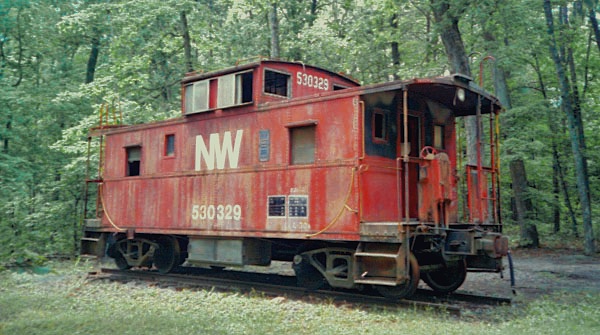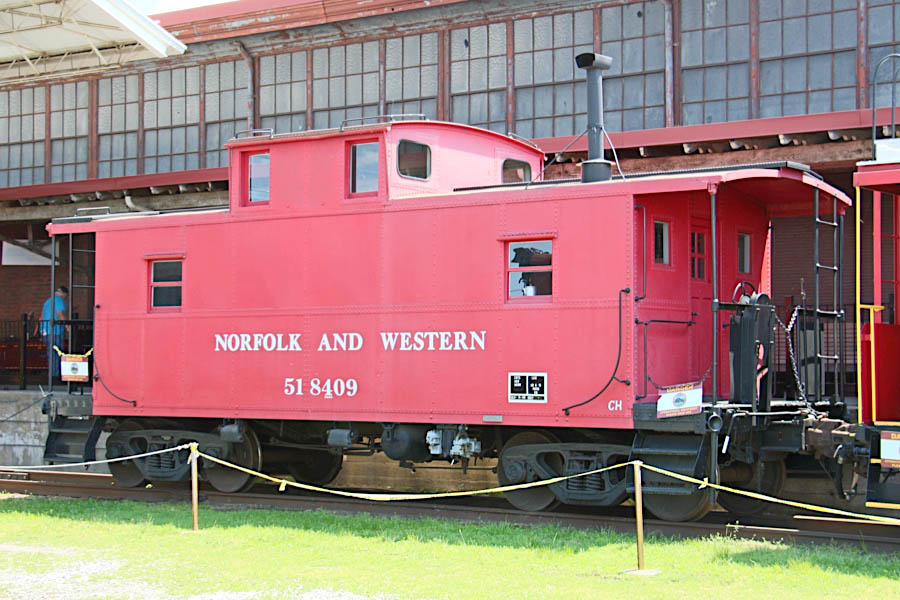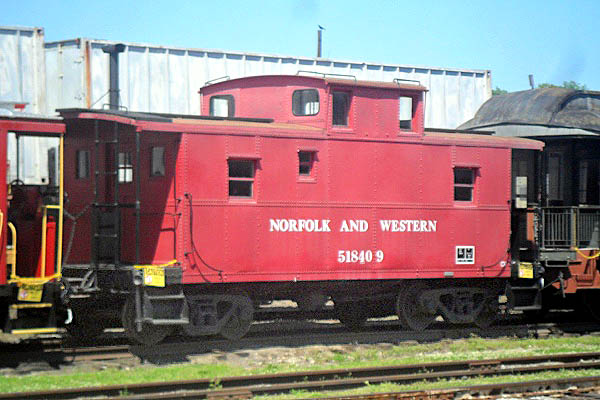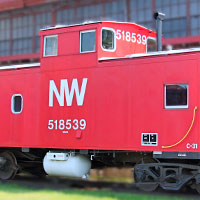 |
Norfolk & Western Railway Rolling Stock Survivors |
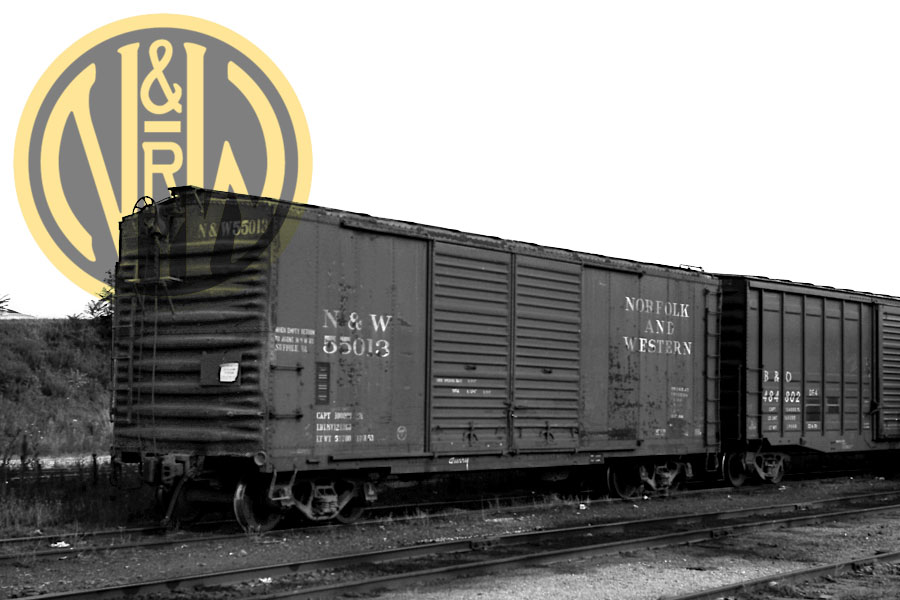
Huntsville, Al / Jul 1974 / JCH
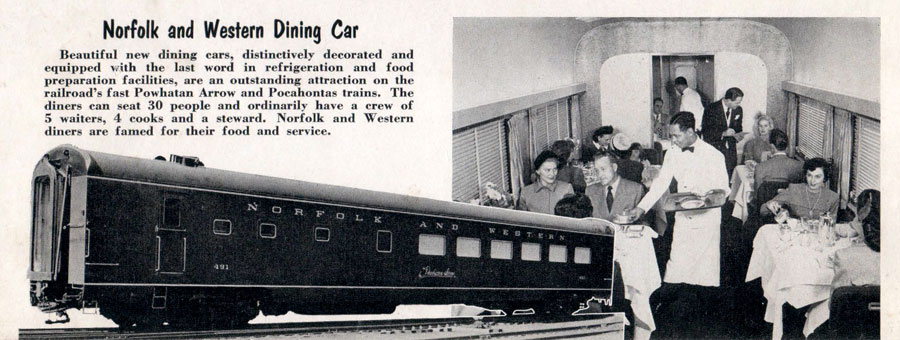
collection
Cabooses
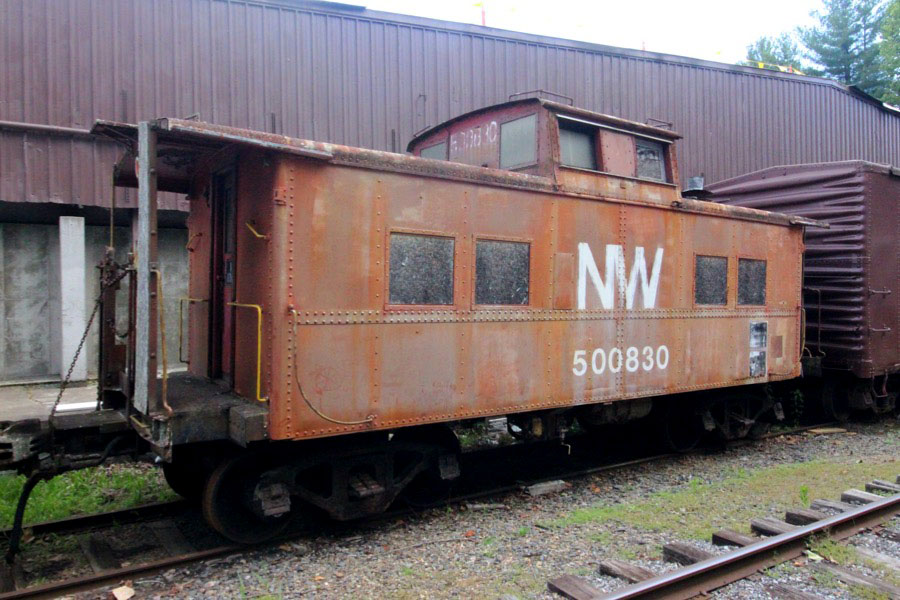
Norfolk & Western #500830
steel caboose / Woodfin, NC / Jun 2021 / RWH
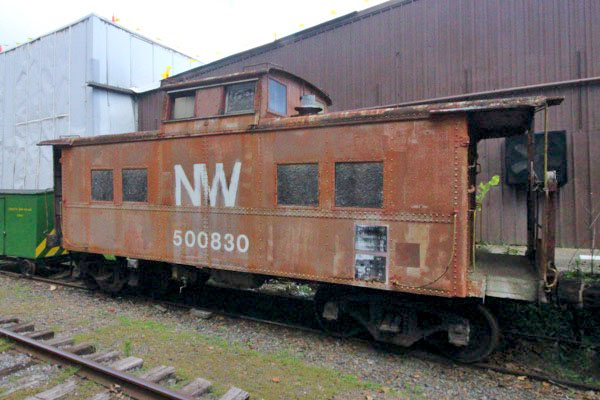
Woodfin, NC / Jun 2021 / RWH
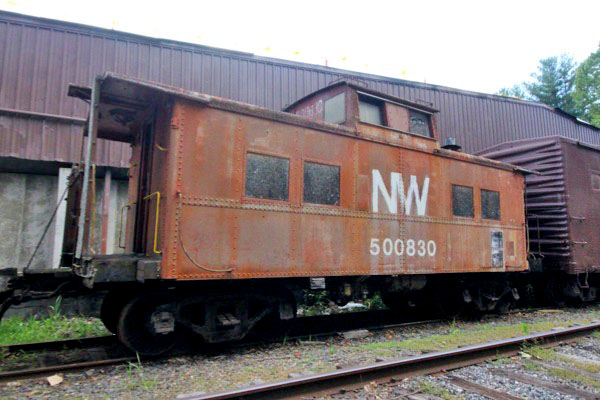
Woodfin, NC / Jun 2021 / RWH
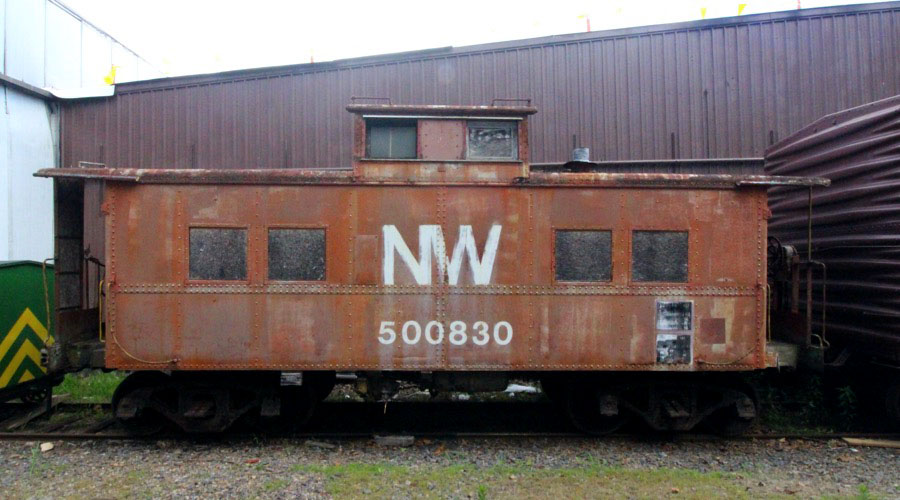
Woodfin, NC / Jun 2021 / RWH

See also our complete Craggy Mountain Line collection scrapbook in Preservation
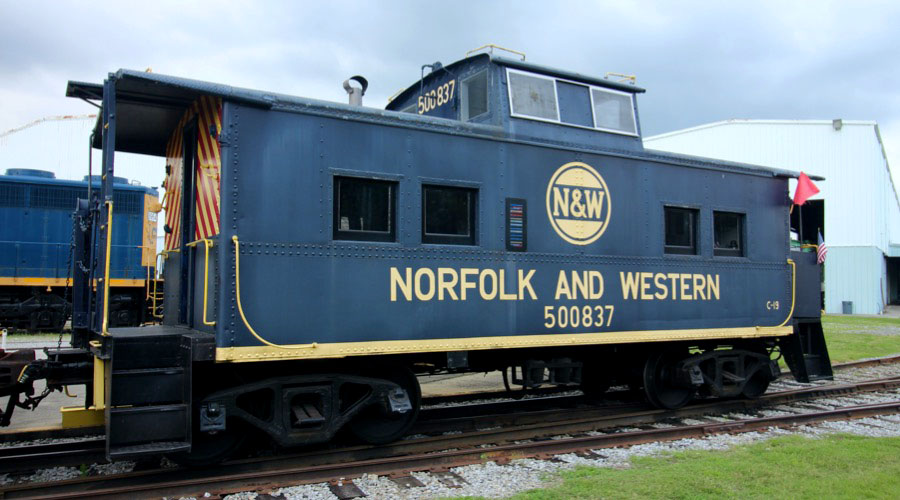
Norfolk & Western #500837
steel caboose (1944) / Duluth, Ga / Jul 2021 / RWH
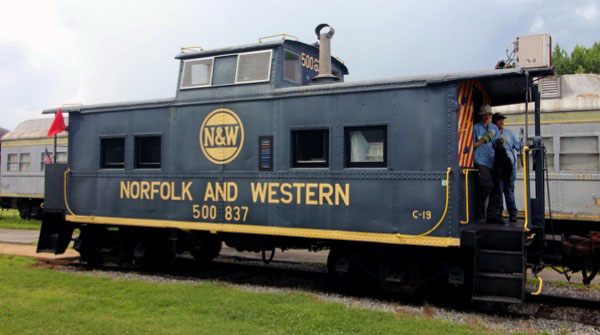
Duluth, Ga / Jul 2021 / RWH
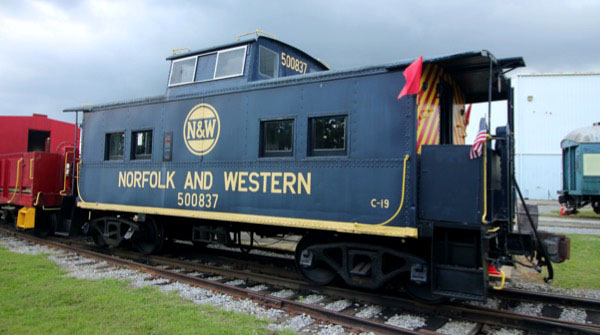
Duluth, Ga / Jul 2021 / RWH

Duluth, Ga / Jul 2021 / RWH

See also our complete Southeastern Railway Museum featured scrapbook in Preservation

Norfolk & Western #514900
caboose / Bellevue, Oh / Feb 2016 / RWH
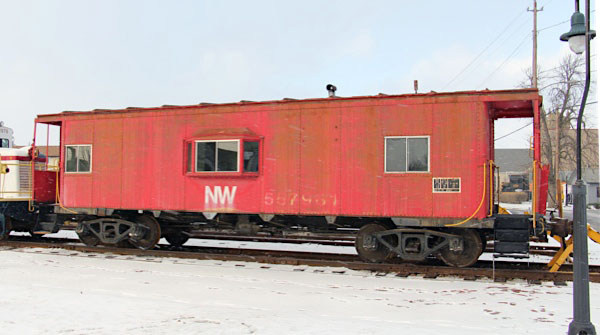
Bellevue, Oh / Feb 2016 / RWH

See also our complete Mad River & NKP Railroad Museum scrapbook in Preservation
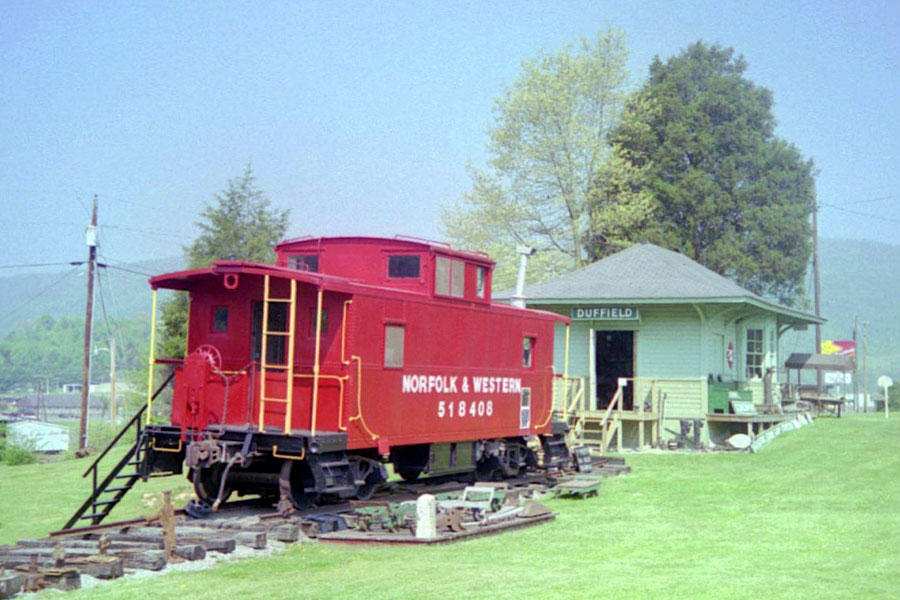
Duffield, Va / May 2000 / JCH
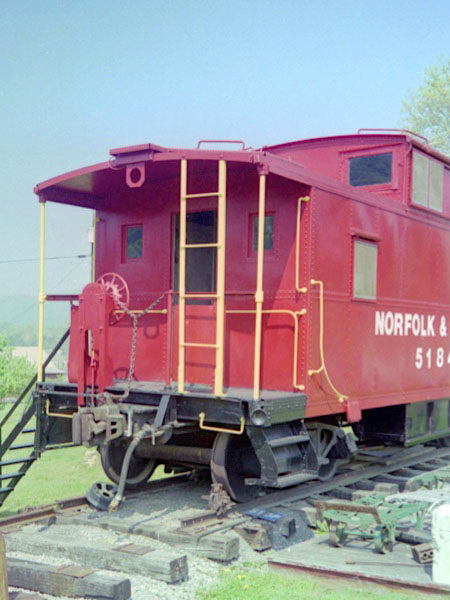
May 2000 / JCH

Duffield, Va / May 2000 / JCH
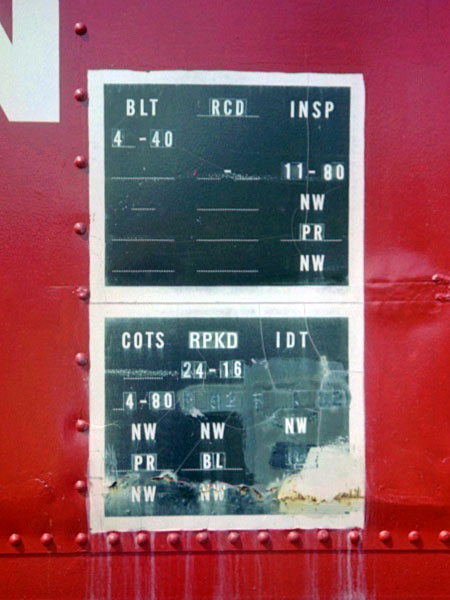
May 2000 / JCH

Duffield, Va / May 2000 / JCH
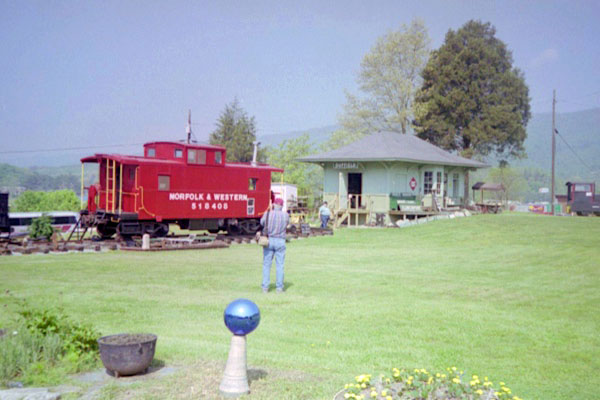
Duffield, Va / May 2000 / JCH
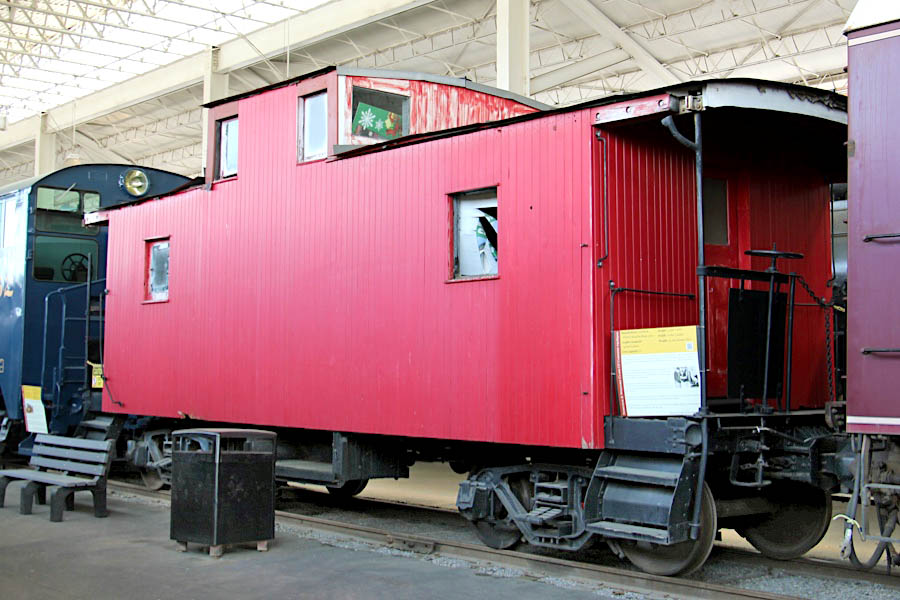
Norfolk & Western #518302
Roanoke, Va / May 2016 / RWH

Roanoke, Va / Jul 2001 / JCH
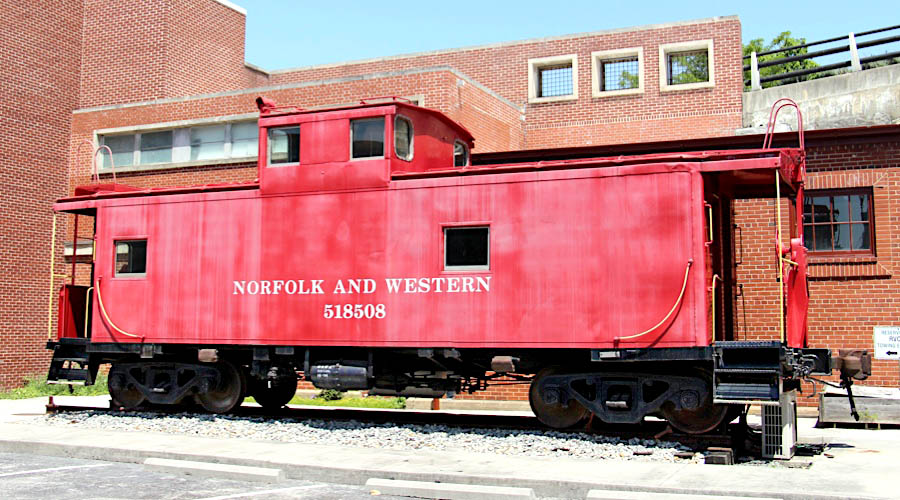
Norfolk & Western #518508
Roanoke, Va / May 2016 / RWH

Norfolk & Western #518539
Roanoke, Va / May 2016 / RWH
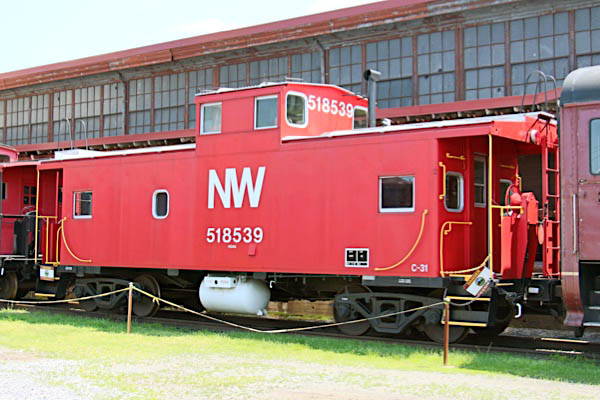
Roanoke, Va / May 2016 / RWH

See also our complete Virginia Museum of Transportation featured scrapbook in Preservation
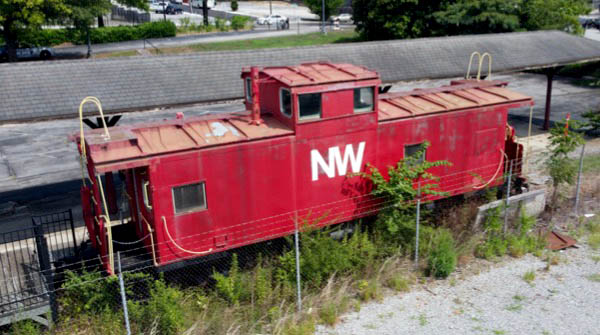
Norfolk & Western #518535
steel caboose / Knoxville, Tn / Aug 2021 / RWH

Knoxville, Tn / Aug 2021 / RWH

See also our complete Old Smoky Railway Museum scrapbook in Preservation
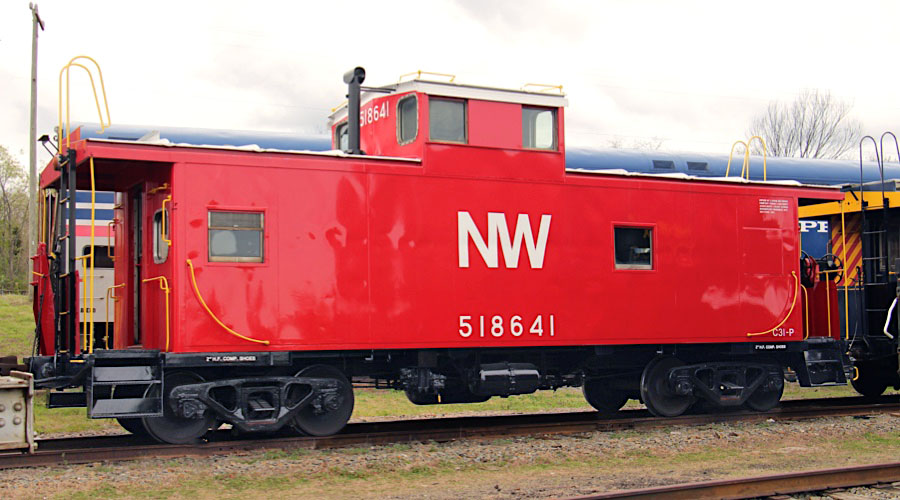
Norfolk & Western #518641
Spencer, NC / Mar 2018 / RWH

Norfolk & Western #555012
Spencer, NC / Mar 2018 / RWH
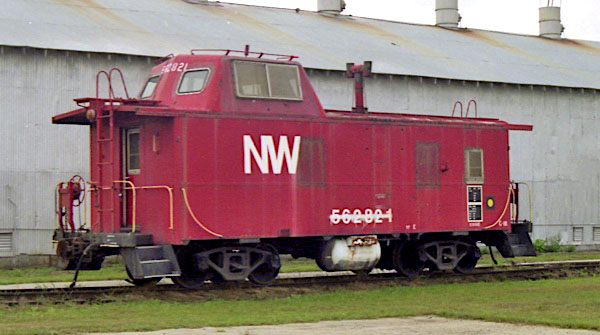
Norfolk & Western #562821
Spencer, NC / Aug 1989 / RWH

See also our complete North Carolina Transportation Museum scrapbook in Preservation
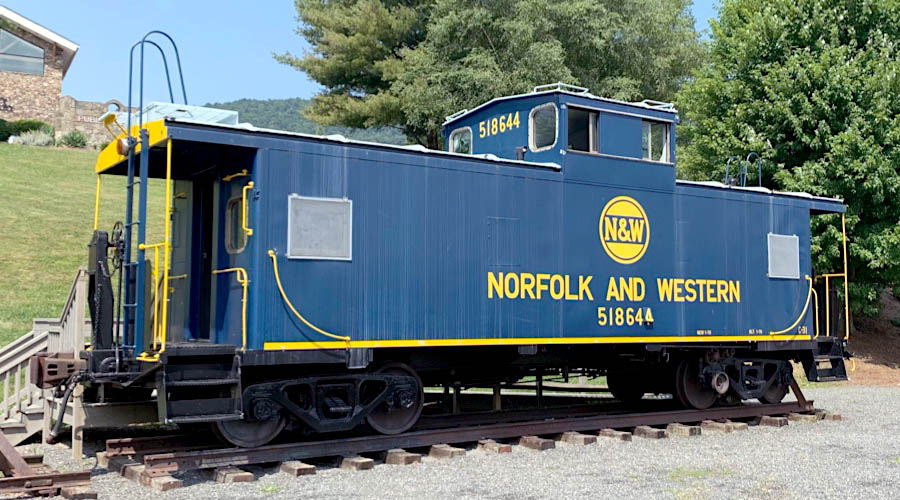
Norfolk & Western #518644
steel caboose / West Jefferson, NC / Aug 2021 / Ben Wells
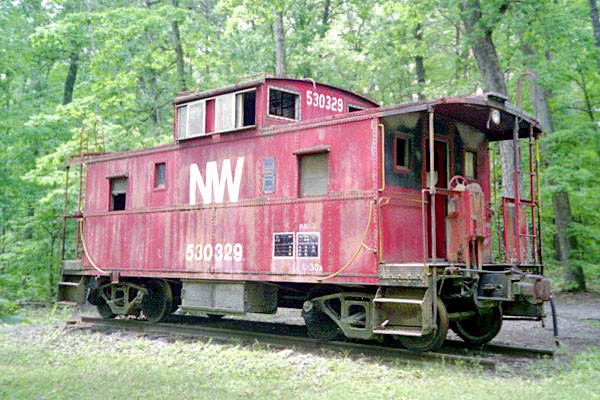
Norfolk & Western #530329
Altavista, Va / Jun 2003 / RWH
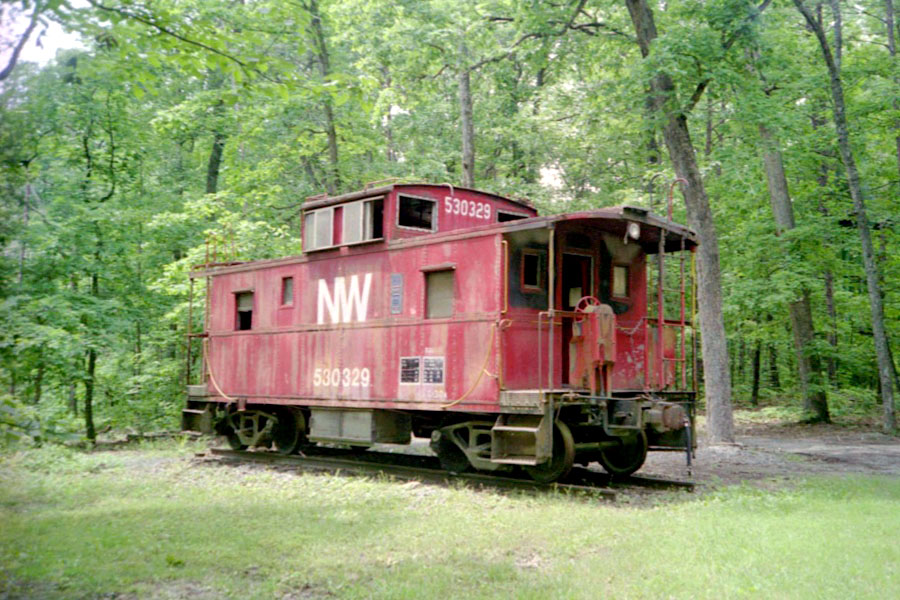
Altavista, Va / Jun 2003 / RWH
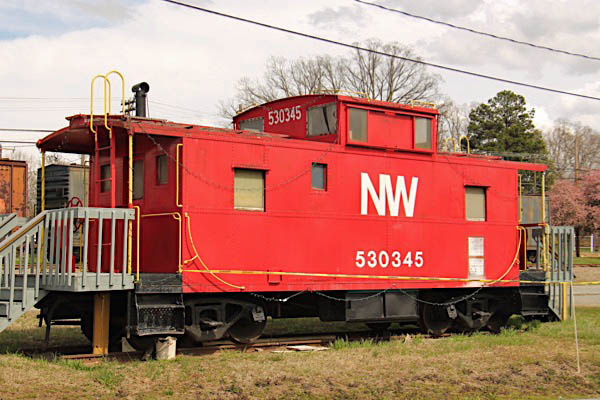
Norfolk & Western #530345
Rural Hall, NC / Mar 2018 / RWH

Rural Hall, NC / Mar 2018 / RWH
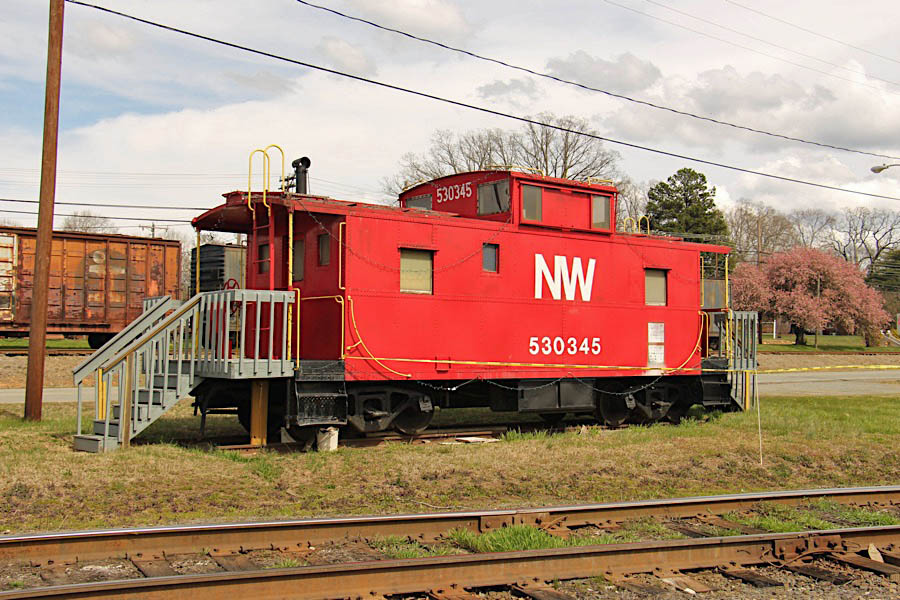
Rural Hall, NC / Mar 2018 / RWH
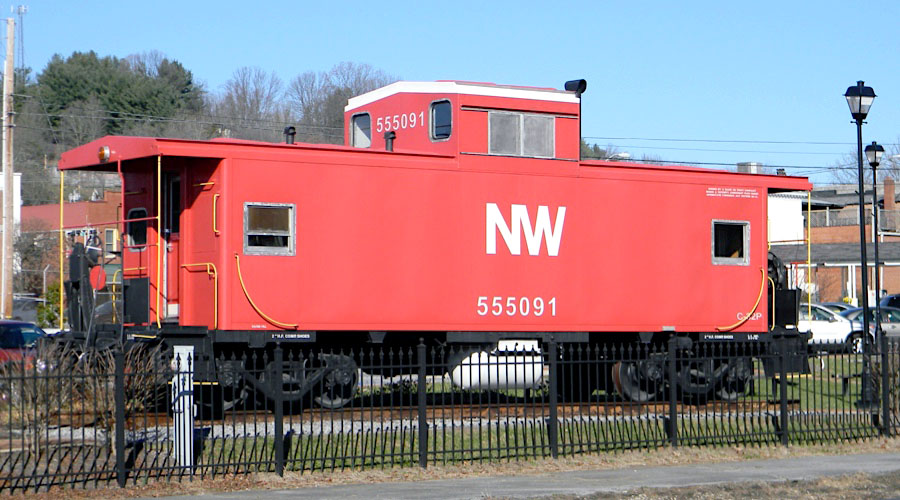
Norfolk & Western #555091
Abingdon, Va / Nov 2011 / RWH
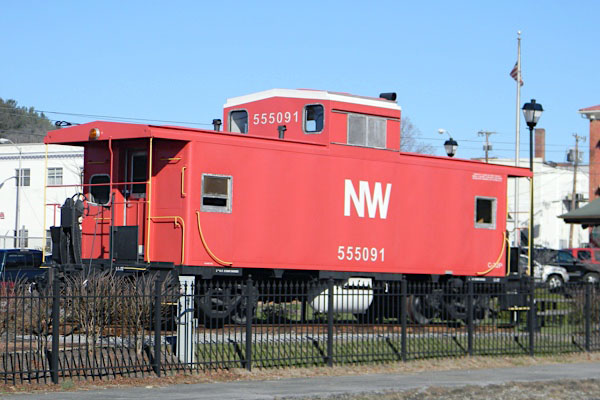
Abingdon, Va / Nov 2011 / RWH
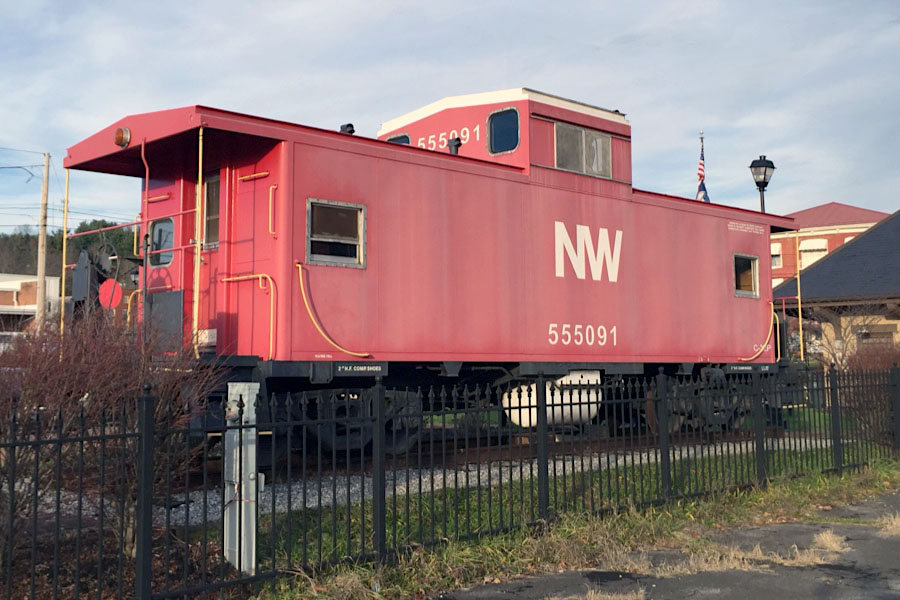
Abingdon, Va / Dec 2015 / RWH
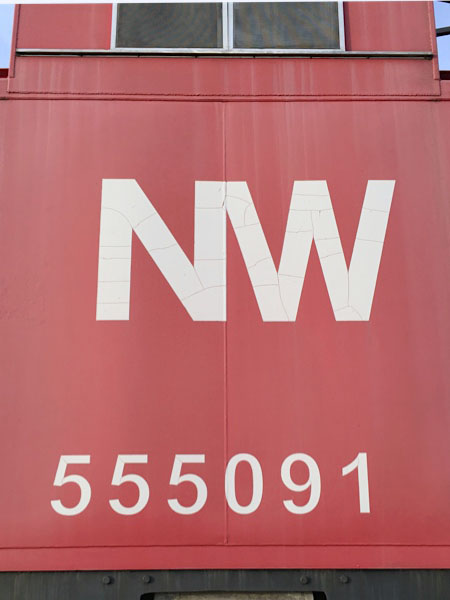
Dec 2015 / RWH

Dec 2015 / RWH
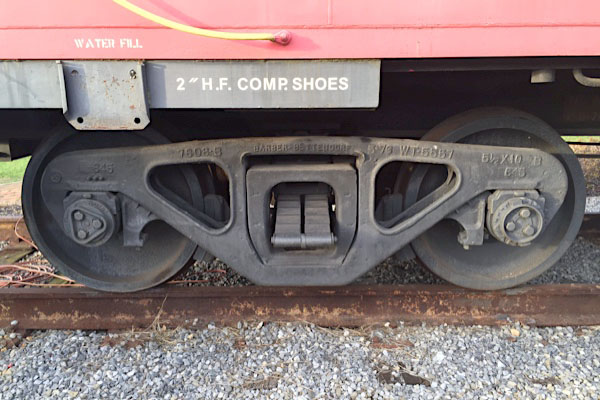
Dec 2015 / RWH
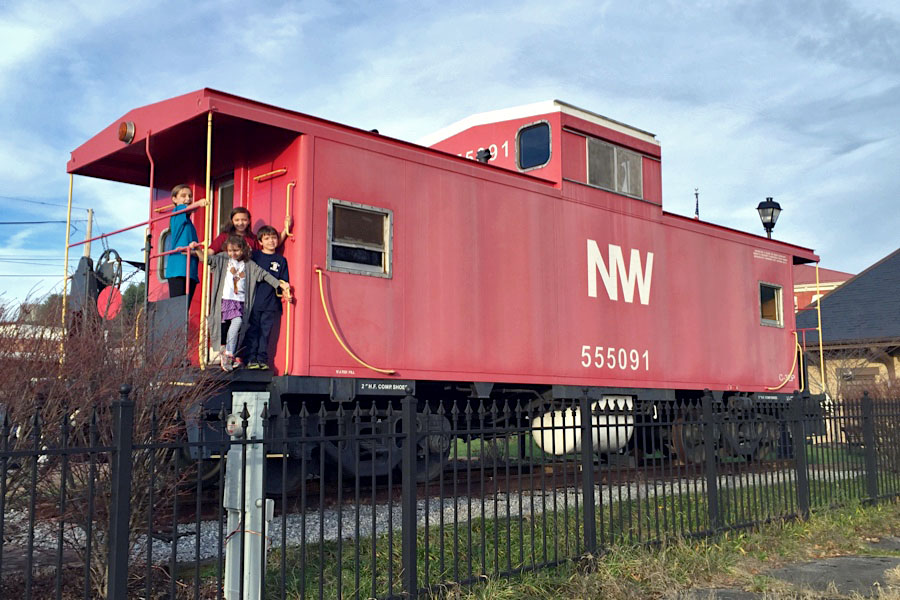
Abingdon, Va / Dec 2015 / RWH

Abingdon, Va / Dec 2015 / RWH
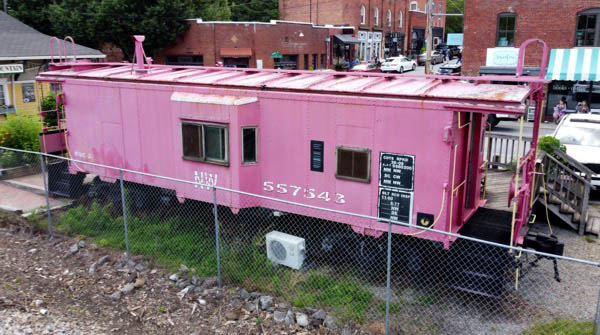
Norfolk & Western #557543
bay window caboose / Black Mountain, NC / Jun 2021 / RWH

Black Mountain, NC / Jun 2021 / RWH
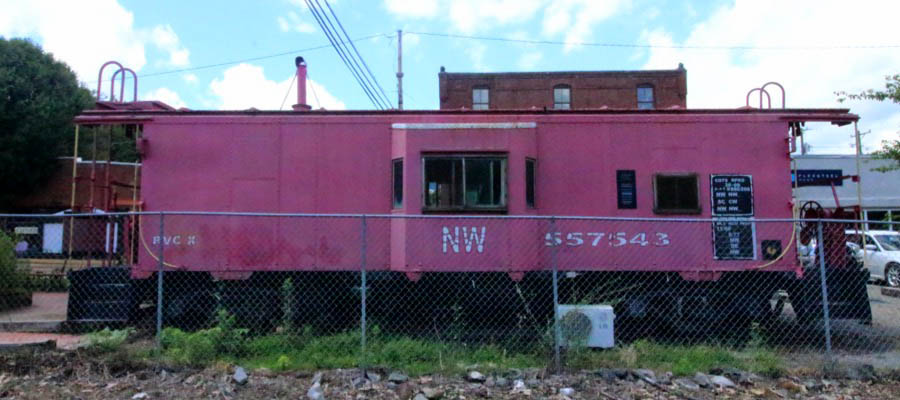
Black Mountain, NC / Jun 2021 / RWH
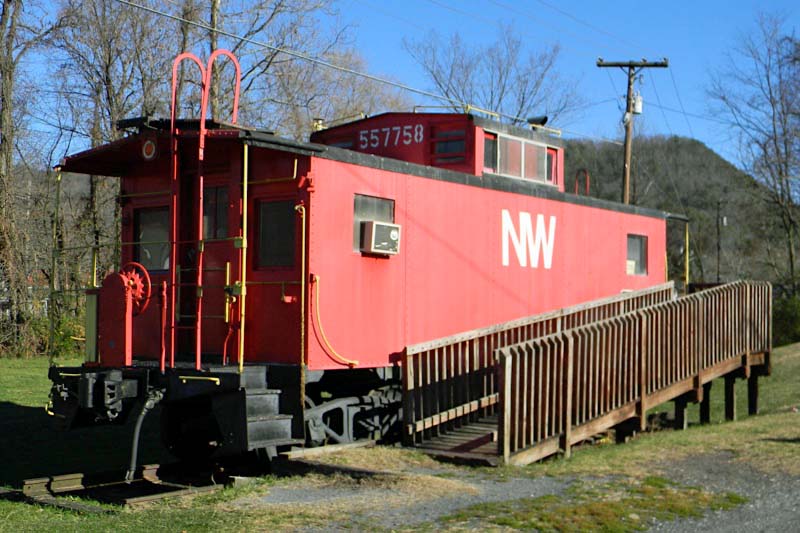
Norfolk & Western #557758
steel caboose / Damascus, Va / Nov 2011 / RWH
Freight
 Dynamometer Car
Dynamometer Car

Norfolk & Western #514780
Roanoke, Va / Oct 1999 / JCH
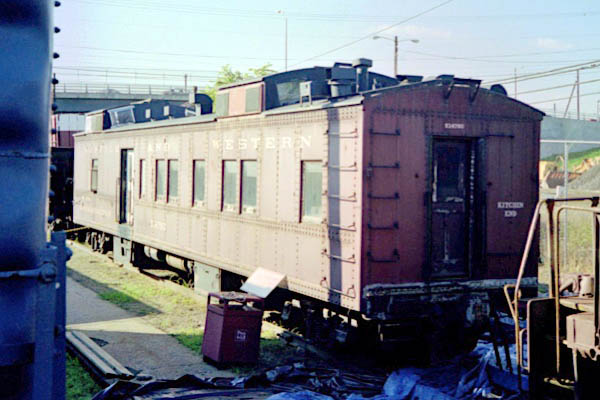
Roanoke, Va / Oct 1999 / JCH
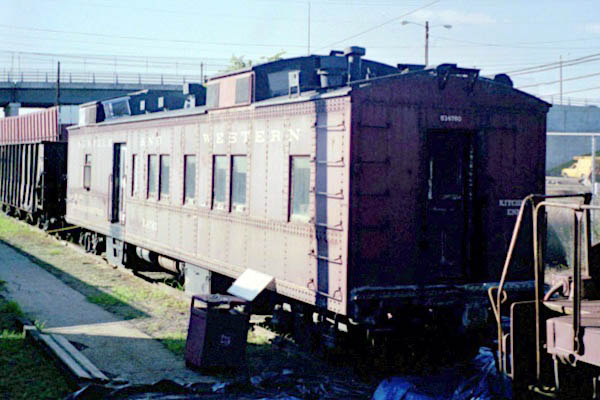
Roanoke, Va / Oct 1999 / JCH
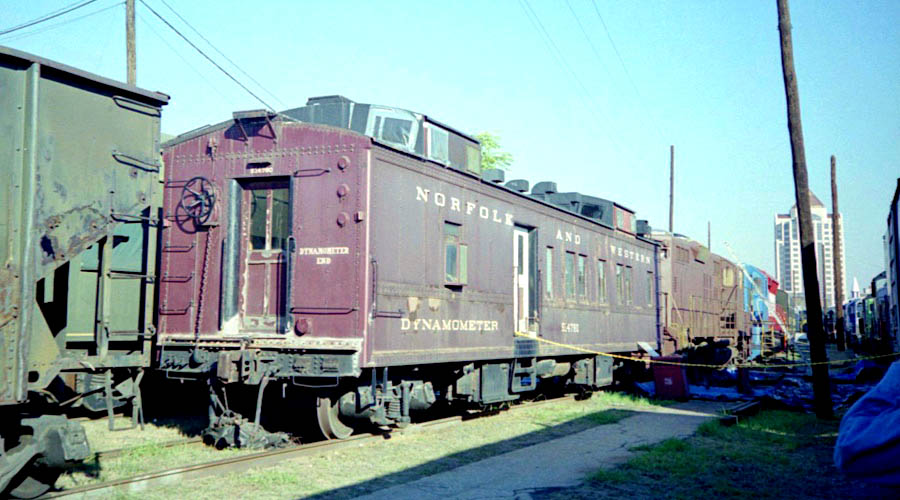
Roanoke, Va / Oct 1999 / JCH
A dynamometer car is a railroad maintenance of way car used for measuring various aspects of a locomotive's performance. Measurements include tractive effort (pulling force), power, top speed, etc.
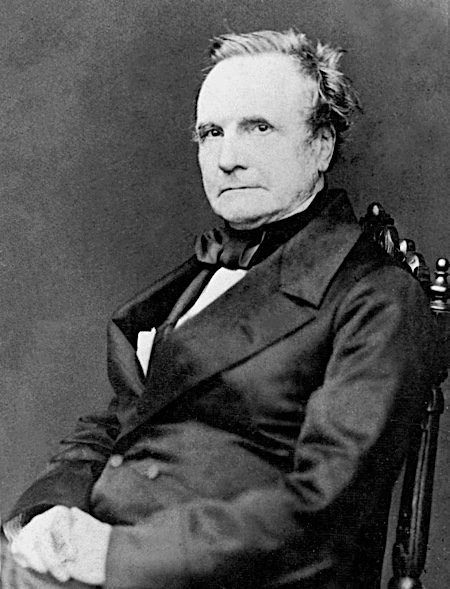 The first dynamometer car was probably one built in about 1838 by the "Father of Computing" Charles Babbage. Working for the Great Western Railway of Great Britain, he equipped a passenger carriage to be placed between an engine and train and record data on a continuously moving roll of paper. The recorded data included the pulling force of the engine, a plot of the path of the carriage and the vertical shake of the carriage. The work was undertaken to help support the position of the Great Western Railway in the controversy over standardizing the British track gauge.
The first dynamometer car was probably one built in about 1838 by the "Father of Computing" Charles Babbage. Working for the Great Western Railway of Great Britain, he equipped a passenger carriage to be placed between an engine and train and record data on a continuously moving roll of paper. The recorded data included the pulling force of the engine, a plot of the path of the carriage and the vertical shake of the carriage. The work was undertaken to help support the position of the Great Western Railway in the controversy over standardizing the British track gauge.
In the United States, the Pennsylvania Railroad began using dynamometer cars in the 1860s.[4] The first modern dynamometer car in the United States was built in 1874 by P. H. Dudley for the New York Central Railroad.
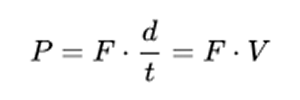 The early cars used a system of springs and mechanical linkages to effectively use the front coupler on the car as a scale and directly measure the force on the coupler. The car would also have a means to measure the speed of the train. Later versions used a hydraulic cylinder and line to transmit the force to the recording device. Modern dynamometer cars typically use electronic solid state measuring devices and instrumentation such as strain gauges.
The early cars used a system of springs and mechanical linkages to effectively use the front coupler on the car as a scale and directly measure the force on the coupler. The car would also have a means to measure the speed of the train. Later versions used a hydraulic cylinder and line to transmit the force to the recording device. Modern dynamometer cars typically use electronic solid state measuring devices and instrumentation such as strain gauges.
While the principal purpose of the dynamometer car was to measure the power output of locomotive, other data were typically collected, such as smoke box data, throttle settings and valve cut offs, fuel burn rates, and water usage to determine the overall performance and efficiency of the locomotive.
Data would typically be recorded on time-indexed continuous paper recording rolls for the pull and velocity. Power would later be manually calculated from these data on early cars. Some later cars were equipped with a mechanical integrator to directly record the power.

See also our complete Virginia Museum of Transportation featured scrapbook in Preservation
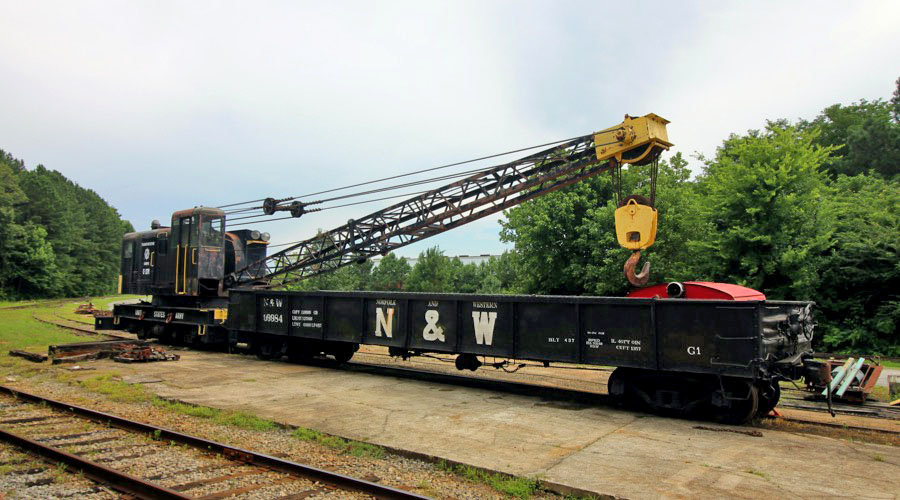
Norfolk & Western #99984
open end gondola / Duluth, Ga / Jul 2021 / RWH

Duluth, Ga / Jul 2021 / RWH
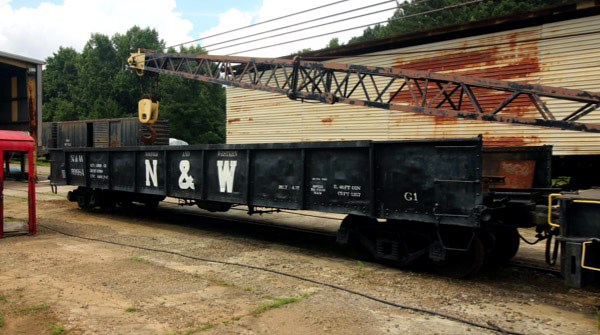
Duluth, Ga / Jul 2021 / RWH
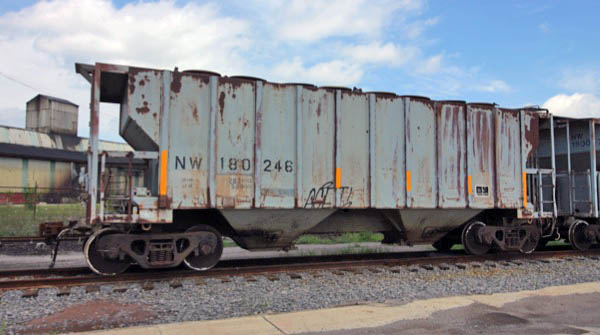
Norfolk & Western #180246
New Castle, Pa / Jul 2019 / RWH
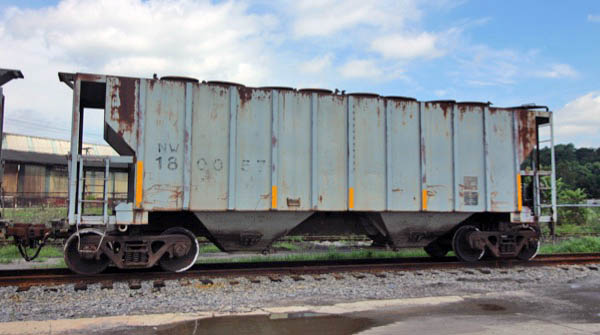
Norfolk & Western #180057
New Castle, Pa / Jul 2019 / RWH
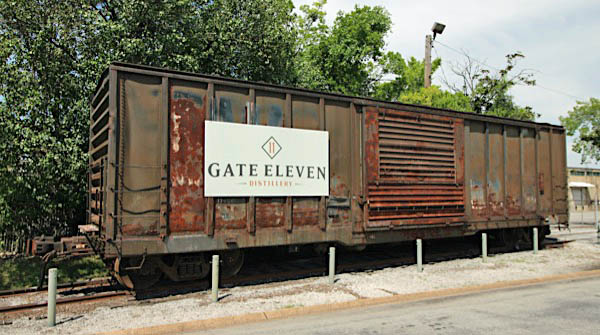
Norfolk & Western #281100
steel boxcar / Chattanooga, Tn / Jun 2019 / RWH

Chattanooga, Tn / Jun 2019 / RWH
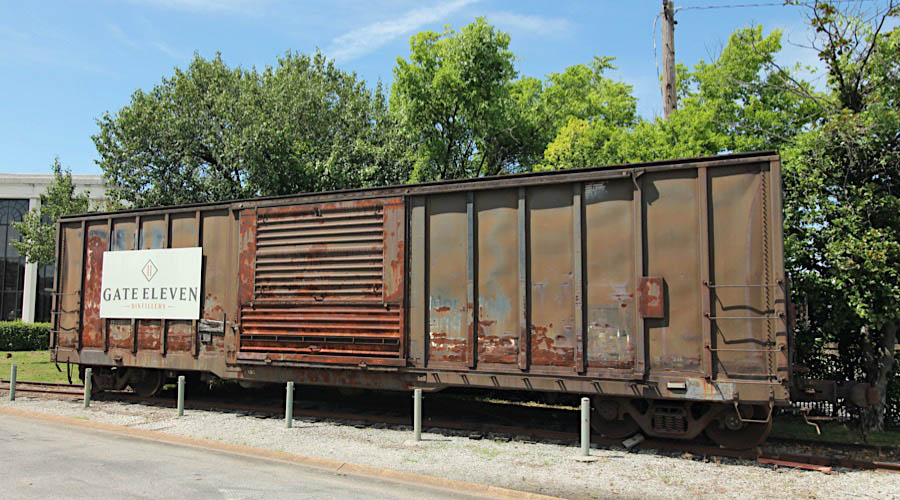
Chattanooga, Tn / Jun 2019 / RWH

Norfolk & Western #514900
Bellevue, Oh / Dec 2014 / RWH
Passenger
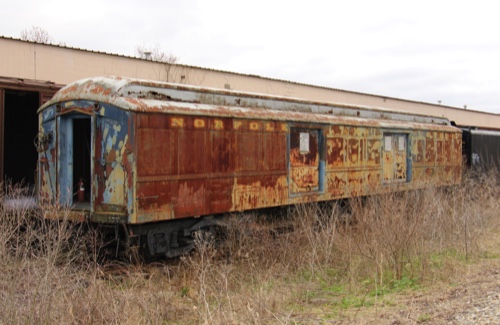
Norfolk & Western #1306
Pullman baggage car / Arcadia, In / Mar 2016 / RWH

Norfolk & Western "City of Danville"
ex Wabash observation car (1927) / Parksley, Va / Jul 2004 / RWH
